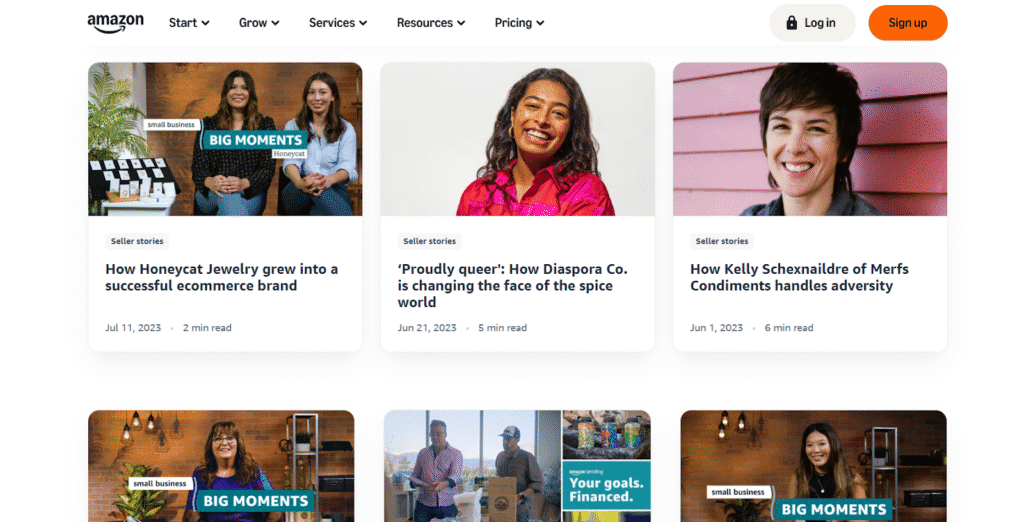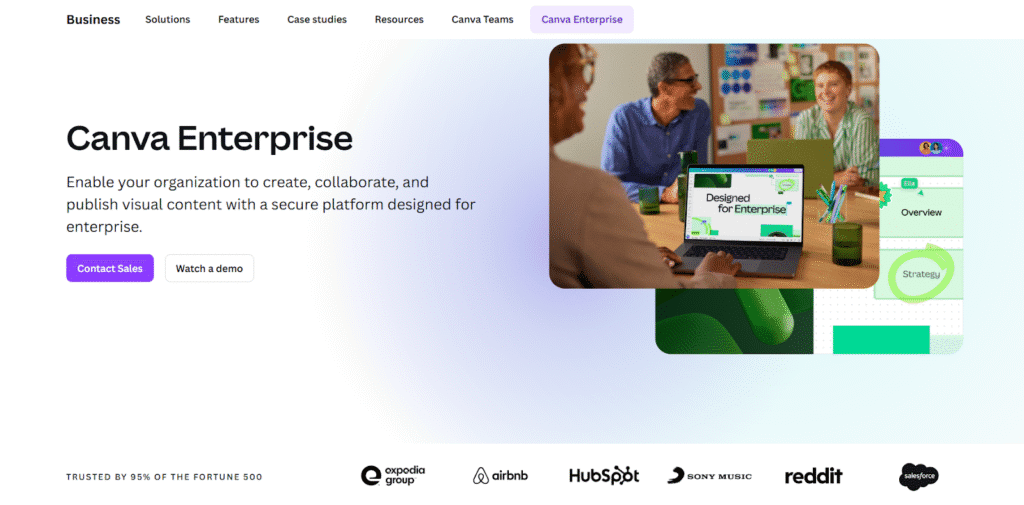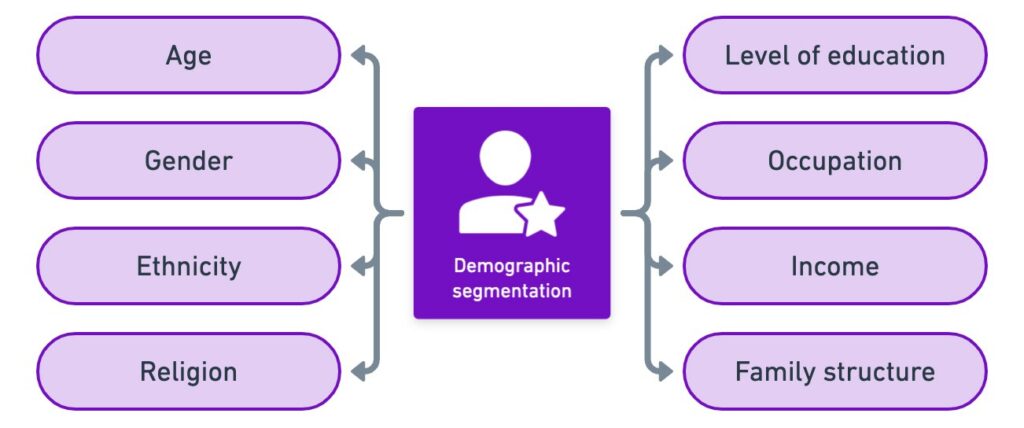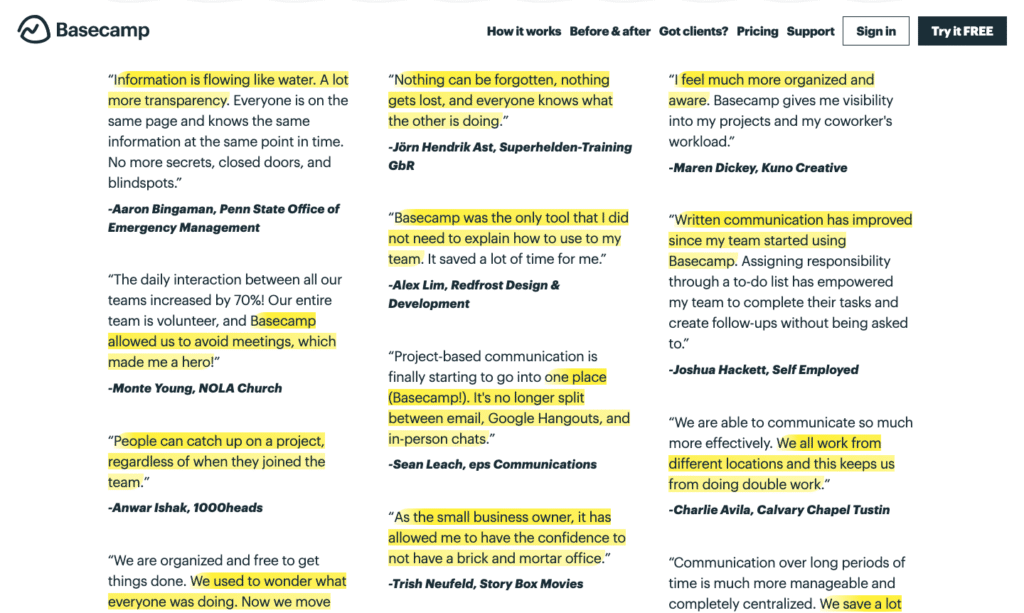Demographic Questions for Surveys to Build Better Social Proof


Ever wondered why some brands instantly feel trustworthy?
It's because people like you already trust them, and that brand has been able to convey it to you with trust signals.
The secret lies in asking the right demographic questions in surveys. These questions might feel personal, but they trigger the customer’s touch points and build trust.
A better understanding of your customer base helps you deliver tailored customer service and recommendations. From creating and using case studies to showcasing reviews and testimonials, user statistics, and demographic data builds long-lasting credibility.
In this article, I’ll explore demographics, the role of social proof, and effective demographic questions for surveys.
Why Demographics Matter for Social Proof?
Consider social proof a psychological tool that influences customer decision-making.
Top brands leverage social proof to foster trust and drive sales as new customers feel secure after reading about positive experiences.

Here, demographics like gender, age, occupation, and income play a crucial role in determining the impact of social proof for distinct customer groups. With the growing access to markets, customers rely on social proof to make decisions.
For example, Amazon Seller Central features authentic seller success stories to build trust and credibility among new sellers.

(Source)
The key reasons why demographics matter for social proof are:
1. Familiarity encourages persuasion
People believe testimonials from people who belong to the same demographics as them. This makes the content more relatable and convinces them that the product or service will work well for them too.
For instance, middle-aged people hesitant to join yoga are likely to be more persuaded after hearing positive experiences from people in their age group.
2. Tailored social proof builds trust
Testimonials from the same demographics excel at attracting similar customers. People respond well to group behaviors and recommendations from a specific user segment.
For instance, a business aiming to attract niche founders can showcase testimonials and endorsements from other CEOs and founders.
Seeing the titles of the people giving the comments is especially important for the effectiveness of B2B social proof.
3. Social networks and peer influence
Social proof from fellow peers or social circles, including neighbors, friends, or acquaintances, works like a charm for triggering an immediate action from the customer.
As a matter of fact, peer-oriented social proof is more influential and persuasive than testimonials from public figures.
4. Demographic relevance
Highlighting success rates and statistics from specific demographic groups encourages people to take an interest.
Canva, the online graphic design tool, mentions “Trusted by 95% of the Fortune 500” on their homepage. This conveys the message that if it worked for Fortune 500 companies, then it must work well for you as well.

(Source)
What Is Social Proof, and Why Is It Powerful?
From the above discussion, you can understand that social proof is a phenomenon where people copy the actions of others to make decisions in a particular situation. It works well in scenarios where individuals believe that others know better and they must consider their opinions.

(Source)
Elements like star ratings, customer reviews, and graphical representations of users or subscribers in high-quality websites trigger the psychological tendency to follow what others are doing.
To take that impact beyond their own site, brands also use affiliate marketing platforms. These tools help build trust by letting influencers, partners, and affiliates share real experiences with their own audiences, amplifying social proof across the web
These elements minimize risks and encourage engagement, leading to more conversions. But why is social proof powerful?
- Triggers human instinct
When we lack information, we are compelled to listen to others and follow them. This is often called the “bandwagon effect” or the “herd mentality”, where people think what the majority does is right.
- Minimizes risk
On seeing that past users have had a positive experience, individuals get encouraged to trust the brand and feel confident about their decision. This plays a crucial role in online shopping, where direct contact is lacking.
- Validates decision
Social proofs validate decisions through the means of authenticity. When people read the latest authentic customer reviews and testimonials, they feel reassured about their decision.
For example, when a website highlights positive reviews of thousands of past customers with a 4.8 rating, it increases the probability of converting new visitors.
Demographic context increases social proof’s effectiveness by showing reviews from individuals belonging to the same industry, location, and lifestyle. A demographic context helps the visitor visualize themselves in the reviewer’s shoes, enhancing the relatability of the proof.
How Demographic Data Improves Marketing and Targeting?
Information like age, gender, education, lifestyle, and income helps companies understand their audience and identify the most relevant customer segment. Companies often ignore this and end up spending a substantial amount on Ad campaigns, as 80% of marketing advertisements are targeted at the wrong audience.
It's best to follow stats and avoid making assumptions about your real audience. Demographic analysis helps marketers in the following ways:
Targeting the real audience
Demographic data fosters personalized messaging and targeted campaigns to users likely to convert. This analysis helps marketers craft engaging messages, visuals, and offers. For instance, what works in Region A might not work well in Region B.
Identify relevant groups
Demographic insights determine which customer segment responds well to campaigns, products, and services. This facilitates optimal allocation of the advertisement budget to yield higher ROI.
Smart segmentation

(Source)
Marketers can segment customers into specific groups for efficient tracking. These groups can include parents, students, working professionals, and retired individuals. Each segment is targeted based on their unique preferences, challenges, and needs, driving more engagement.
Avoid pitfalls
Companies often make the mistake of creating highly niche content to target stakeholders and marketing heads, but it loses relevance with the real audience. Demographic data grounds marketing content and tailors it to customer needs and preferences.
To sum it up, demographic analysis helps identify real problems and promotes a more focused effort to solve challenges faced by the target audience. This fosters targeted messaging and better resource allocation.
For example, a brand may curate products for Gen Z, but the statistics might show stronger persuasion from Gen X or millennials. This shifts the focus and purpose of future campaigns.
What Demographic Questions to Include in Your Survey?
Asking relevant demographic questions for surveys requires clarity, sensitivity, and effective segmentation. Effective survey questions result in a comprehensive view of your audience and deliver actionable customer insights.
Word of caution: Think long and hard what is absolutely necessary information to ask, and what is nice-to-have.
Here are the key demographic questions to include in surveys:
1. Age range
Age speaks a lot about generational perspective and personalized analysis. This is generally divided into specific age ranges to protect privacy.
The specific ranges include:
- Under 18
- 18-24
- 25-34
- 35-44
- 45-54
- 55-64
- 65 or older
- Prefer not to say
Tip: Always prefer an age range instead of exact ages. This way, you can adjust age groups to align with your target audience.
2. Gender identity
Gender data reveals important trends in personal preferences and evolving needs. The latest options include:
- Female
- Male
- Non-binary/Third gender
- Prefer to self-describe
- Prefer not to say
Tip: In today’s world, avoid limiting to just “male” or “female” and include “prefer not to say.”
3. Location
Location plays a key role in determining regional preferences and facilitating geographic segmentation.
Here’s how you can ask:
- Country: [A dropdown menu]
- State/Region: [A dropdown menu]
Tip: Only ask what's necessary: country, state, and city. Always prioritize privacy.
4. Occupation
Professional background analysis gives a detailed view of product development, research, and marketing.
Options for employment status include:
- Full-time
- Part-time
- Self-employed
- Student
- Unemployed
- Retired
- Others
Ask about the visitor’s job role and the industry they work in.
Tip: Include categories relevant to your business objective.
5. Income bracket or education level
Although income is a sensitive subject, it promotes effective socioeconomic segmentation. You can include questions like:
For income:
- What is your annual household income?
- What is your total annual household income after taxes?
For education:

(Source)
- What is your highest level of education?
- Less than high school
- High school diploma
- Undergraduate
- Postgraduate
- Prefer not to say
Tip: Try to keep these questions optional and avoid asking for exact figures.
6. Family size or life stage
Household size and life phase help in predicting customer behavior and responses. Here’s how you can ask:
- How many people live in your household?
- 1
- 2
- 3
- 4
- 5 or more
- Prefer not to say
- What describes you best?
- Student
- Parent
- Single/Married
- Working professional
- Prefer not to say
Tip: Mention simple categories and keep this question optional to avoid discomfort.
How to Use Demographic Info in Testimonials or Reviews?
The effectiveness of testimonials works on a simple principle: the more authentic they appear, the more people will trust them. By incorporating demographics into customer reviews and testimonials, you can enhance their trustworthiness.

(Source)
Here’s how you can use demographic info in testimonials or reviews:
- Include a brief, relevant description of the reviewer like this:
- “Maria, 34, marketing manager from Berlin.”
- “Alex, a college student in New York.”
- “Philip, 52 product manager from Sweden.”
Mention these short descriptions under the reviewer’s name or at the end of the review. Include details that are relevant to your business and services.
Other best practices include:
- Be respectful: Eliminate demographic survey questions asking for too many details. Ask for information that the person is comfortable sharing.
- Avoid stereotyping: Don’t make the impression that your product or service is accessible only to a certain customer group. For this, include a broad range of testimonials to include audiences from diverse backgrounds.
- Relatability: Include info that is most likely to connect and persuade your target audience. This will get clearer as you understand your audience.
How to Collect Demographics Without Being Creepy?
Collecting demographic data is a strategic approach and requires a thoughtful game plan. Your approach must be user-centric, transparent, and privacy-driven. Here are some best practices for collecting demographics without being “creepy”:
Keep short, relevant, and optional questions
- Leverage simple, straightforward language and avoid complex phrasing and jargon.
- Ask for information that aligns with your research and ultimate operational goals.
- Allow reviewers to skip questions by choosing the “Prefer not to say” option.
- To gather sensitive information like gender and income, offer multiple options and open-ended fields.
Be transparent
- Before asking questions, explain the purpose of the survey and how you will use the data.
- Mention demographic questions at the end to maintain engagement levels throughout the survey.
- Document your process of gathering demographic data collection and make it accessible to respondents.
Ensure anonymization and consent
- Make sure that answers are kept anonymous to respect the individual’s privacy.
- Use the respondent’s data only after taking their consent and offering flexibility to opt in or opt out.
- Leverage tools like Trustmary to ensure GDPR compliance for secure data processing, robust data privacy, and consent management.
Progress bars and survey testing
- Feature graphical progress bars to indicate how much of the survey is left. This manages expectations and minimizes drop-off rates.
- Test your survey with a small group to identify points of confusion or discomfort, and adjust to minimize fatigue and maximize clarity.
- This will also help you catch any technical issues before you send your survey to the participants, especially if you are using survey or user research tools to collect the data.
Using Survey Data to Adjust Targeting and Messaging
Including survey data is a strategic way to refine marketing strategies and make campaign adjustments. Here’s how you can do it:
Analyze response patterns
- Leverage surveys like NPS, CSAT, and product survey questions to gather detailed customer feedback.
- Segment responses on the basis of demographics, usage patterns, and satisfaction levels to identify active customers.
- Focus on the responses to open-ended questions as people elaborate on their preferences, helping you identify your USP.
Spot gaps in the audience
Spot analysis answers the question: “Are you missing out on key groups?”
- Demographic-driven market research clarifies current audience composition and compares it with your ideal customer profile.
- Analyze response rates to identify high-performing groups and inactive segments that require more tailored messaging.
- For example, if your survey data shows inactive young users, refine your campaigns and cater to that specific demographic (age, gender, location).
Fine-tune your messaging
- The best way to fine-tune messaging is by analyzing responses. For instance, if users mention a particular phrase like “ease of use”, highlight it in your campaigns as a key benefit.
- Regularly update your messaging based on fresh survey data to ensure alignment with growing customer needs and preferences.
Wrapping Up: More Relatable = More Trustworthy
Adding demographic questions in surveys isn’t just a personalization tactic—it's a strategic initiative to build credibility and connect with the audience faster.
By adding demographic data, you foster a deep connection with the audience and enhance the authenticity of the featured testimonials and case studies. The aim is not to intrude on the respondent’s personal life; rather, it's about using their data to build better and possibly also visual social proof.
The more people see users like themselves, they feel encouraged to overcome their hesitation and give the platform a shot. Therefore, demographic questions promote authentic experiences and lay the foundation of a strong community around your brand.
All that being said: be extremely mindful of which demographic questions you include. Too many questions will cause survey fatigue, put off customers from responding if they feel you are too invasive, and result in lower response rates.